Picking and choosing a planner nowadays can be very overwhelming. There are a lot of companies on the market offering different types of planners in various styles, colors, sizes, and materials. Along with that, there are tons of choices for pages and supplies to put INSIDE the planner. However, the biggest change by far has been the planner and craft community merging over the last decade resulting in what is known as ‘pretty planning’. So where do you start?
As someone who’s been using planning systems since the early 90s–I started with checkbook size monthly planners and moved up to Daytimers for several years as well as tried many of the newer systems available today–I recommend starting with the basics and keeping things simple. With this ‘Planner Overload’ blog series, I’ll be offering some of my recommendations for beginner, intermediate, and advanced planner users to help guide you through the process and set you on a path to create a system that works best for you.
Beginner Planner Users
If you’re new to planning, the first thing you need to do is get into the habit of ‘writing things down and looking at it every day’. In order to do that you’ll need:
- an inexpensive bound planner with either daily or weekly pages in a size that works for you
- choose a daily page if you’re a ‘step by step’ person that focuses on one thing at a time–whatever is in front of you then moving on to the next thing
- choose a weekly page if you’re a ‘big picture’ person who prefers to see an overview of the week–to refer back to the days before and keep an eye on what’s coming up next
- a pen or pencil
- 3×3 post-its
That’s it.
Why a bound planner (book, spiral, or wire bound)? To keep things simple and remove unnecessary distractions. Sure, a ring bound or disc planner would be more fun but for someone who is just learning to ‘write things down and look at it every day’, divider sections and specialty pages are an unnecessary distraction at this beginning stage. Keeping things simple will allow you to focus on your daily demands and figure out how to effectively manage them.
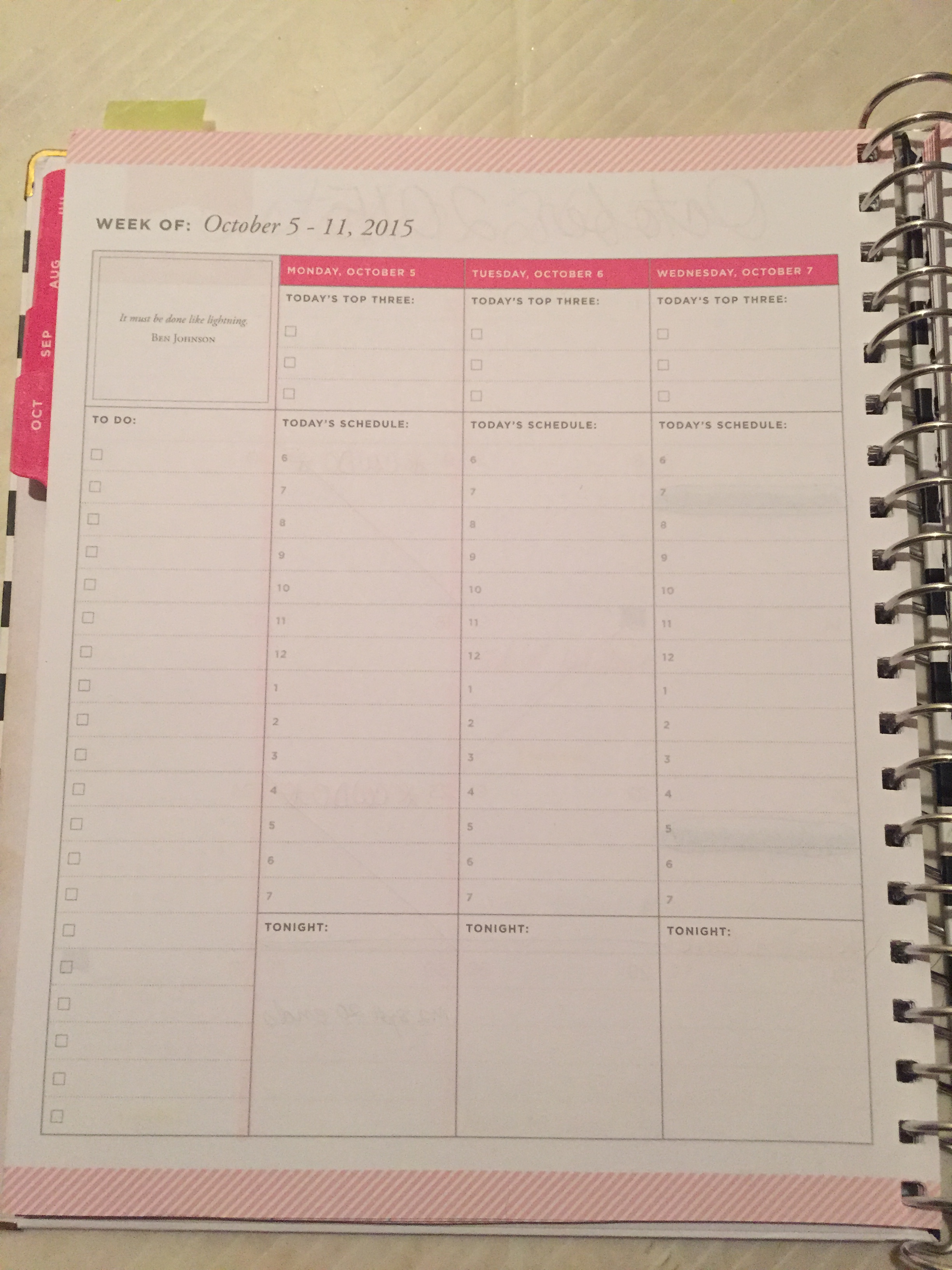
Having a pen or pencil handy at all times allows you to write down whatever pops into your head, when it pops into your head, so you don’t forget it. Ideally you want your pen or pencil always with your planner somehow–either clipped to the coil/wire binding, internal pocket, or hanging off an attached/stick-on pen loop (available at most office supply stores).
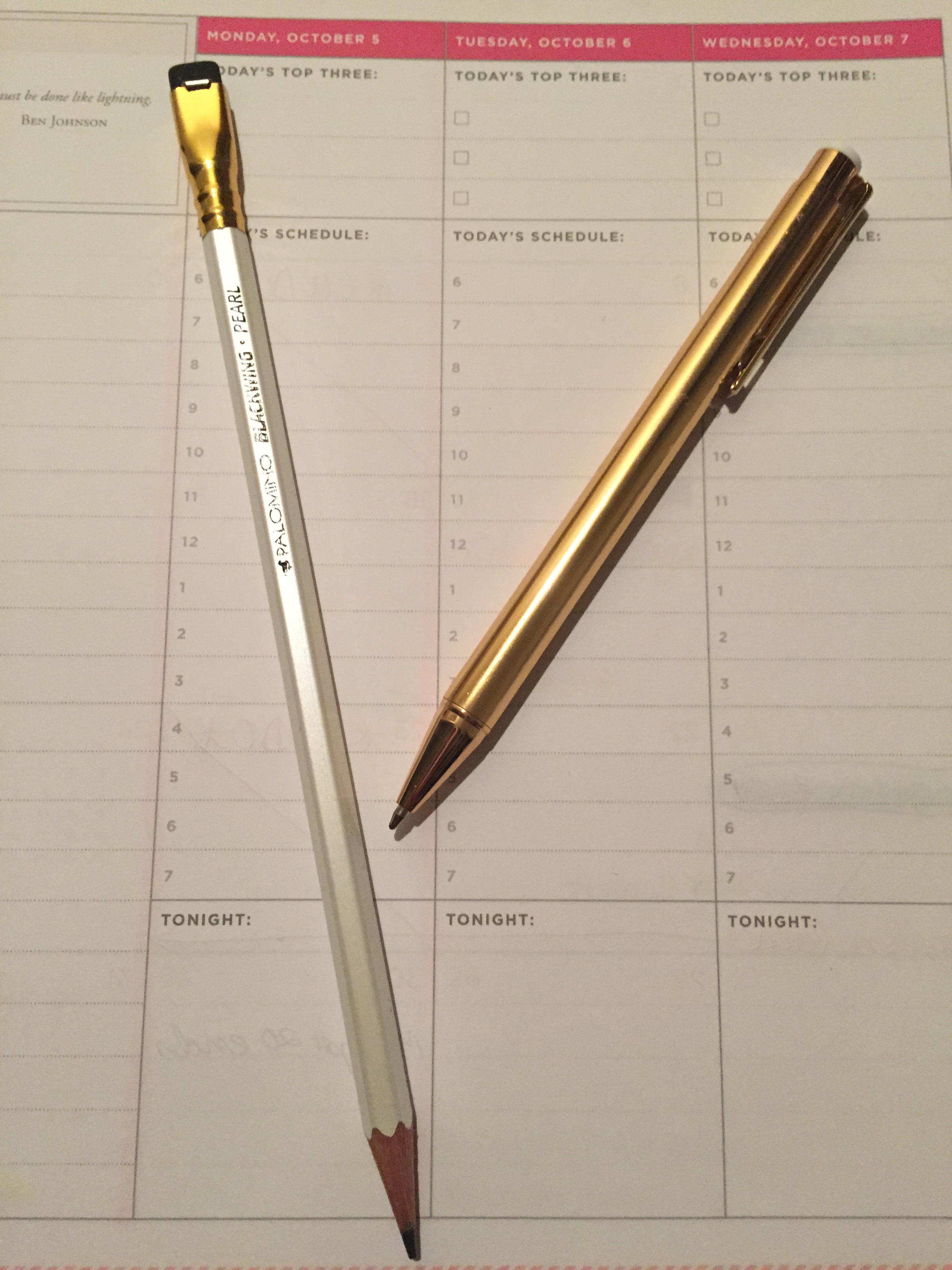
Lastly, having a supply of 3×3 post-its will provide a way to capture any ‘overflow’ of information if the space allotted on the given day is full; they are also easy to move to another day or week if your priorities change. Stick about 4-5 blank post-its on either the cover or an unused page so they’re always available when you need one and replenish the supply when you see they’re running low.

I highly recommend you try to stick with this beginner setup for a minimum of a month, preferably for at least 6 months (or the length of time covered by your planner). This will help you figure out what you need from a planner system, for example:
- Do you usually run out of space for timed appointments? Then you’ll need a planner page with a larger hourly timeline. Choose one that contains (or is close to) the start and end times of your day and lists the increments you need–every hour (8am, 9am, 10am), every half hour (8am 8:30, 9am, 9:30), or every 15 minutes (8am, 8:15, 8:30, 8:45, 9am, etc.).
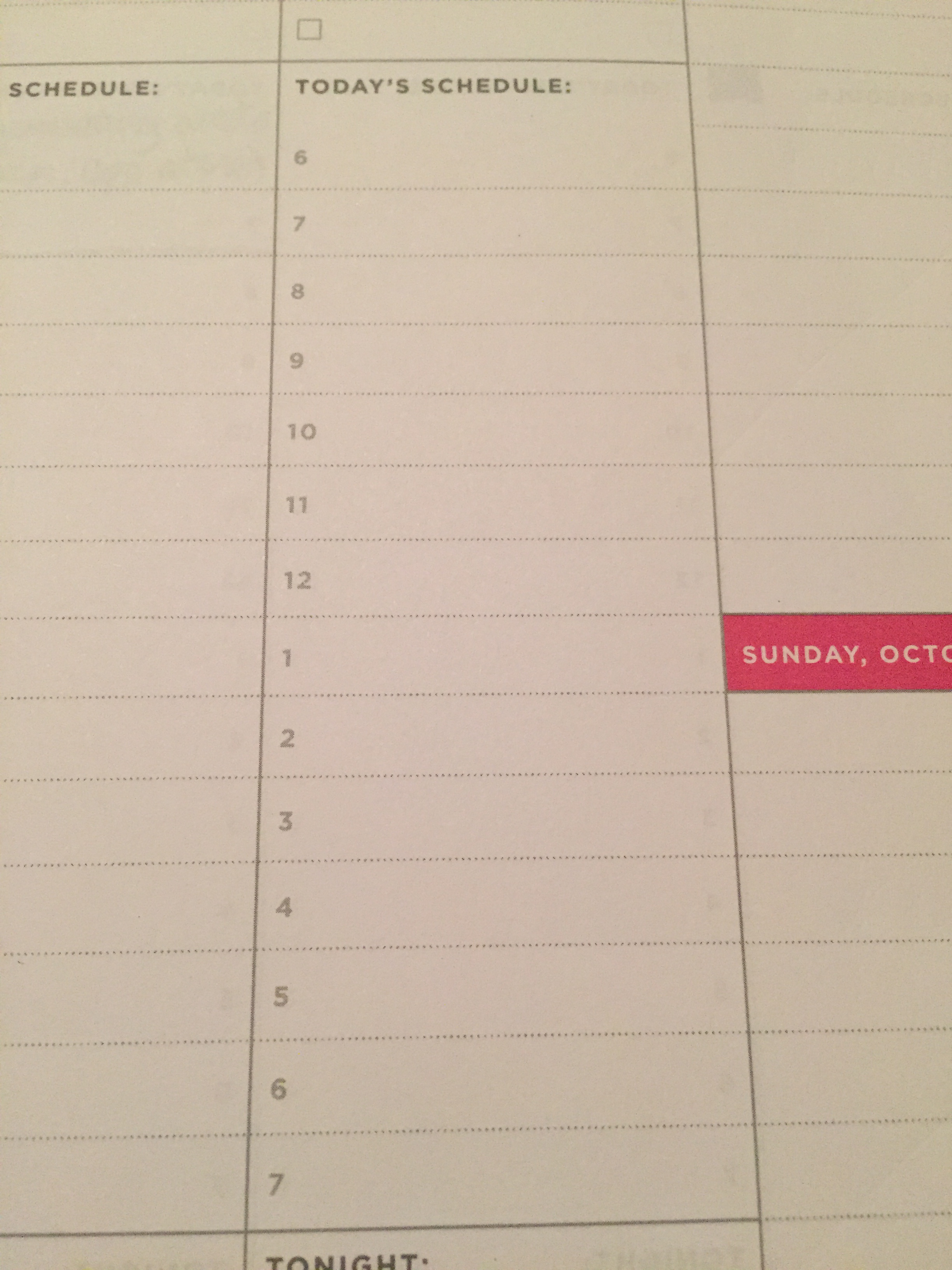
- Are you a list maker who likes checking things off? Then you’ll need a planner with a larger To Do or lined/graph area (so you can draw your own checkboxes).
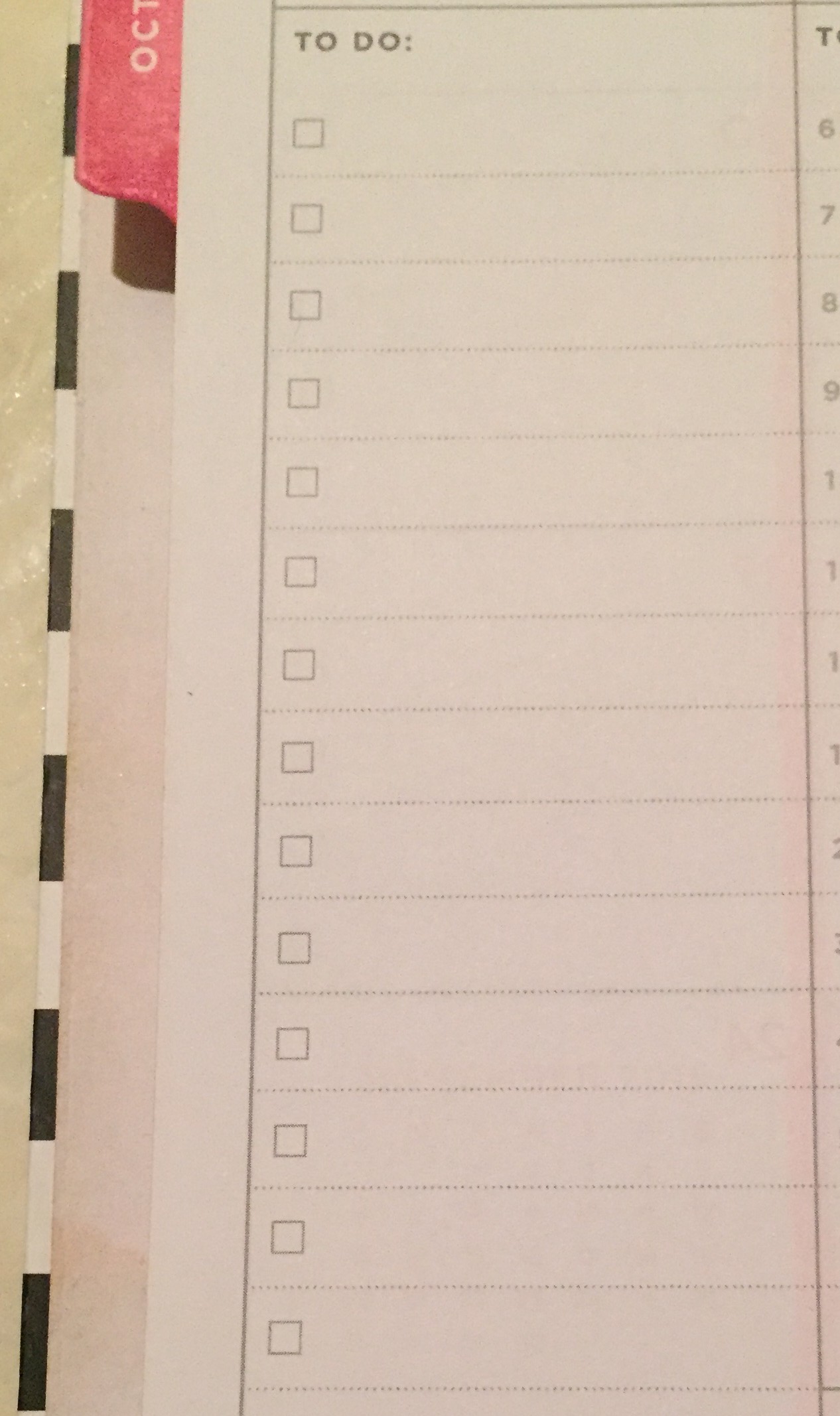
- Do you take a lot of notes and/or doodle throughout the day? Then you’ll need a planner page with a large blank, lined, or graph area.

- Do the demands on your time fluctuate throughout the year? If you’re a parent, your schedule may look different during the school year as opposed to the summer months. If you have your own business or work in an office, your work load may increase around the time of a product launch or end of fiscal year. Sticking with this beginner planner setup for at least a year will help you identify these trends.
You’ll know you’ve ‘graduated’ from the beginner stage when you’ve developed a daily habit of ‘writing things down and looking at it everyday’ and have figured out the planner page format that works best for you.
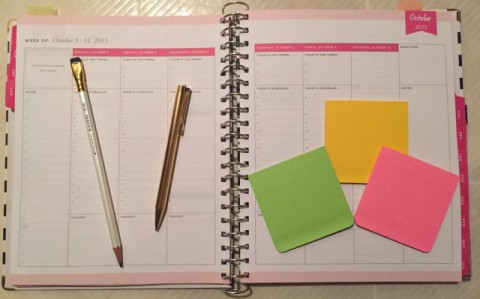
Next week we’ll review the items you’ll need if you’re an intermediate planner user as well some tips and tricks to bump up your planner ‘game’. 😉

thank you for a great article for the beginner.It was a great help to me in what to look for and think about..
I’m so glad it helped, John!